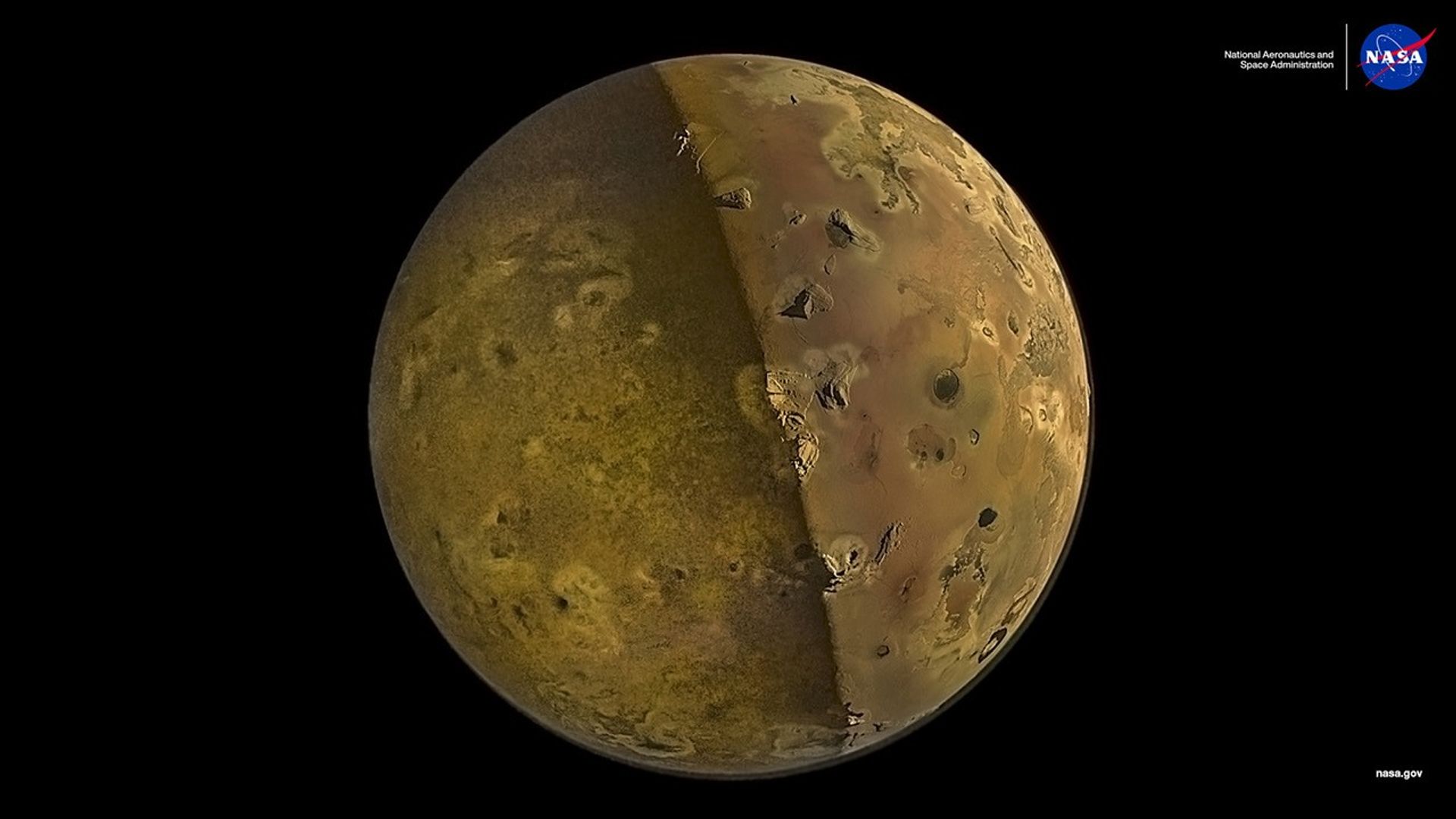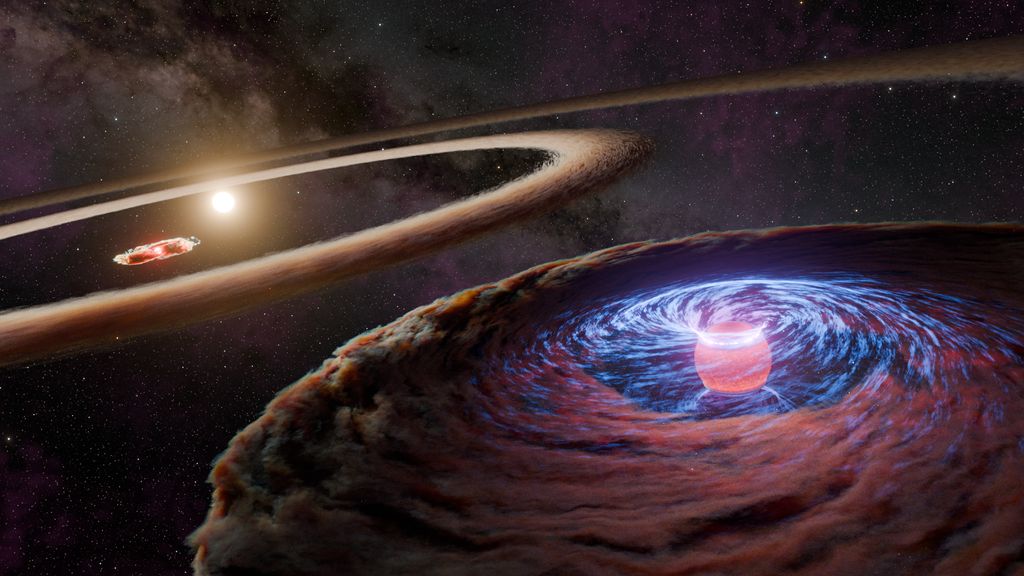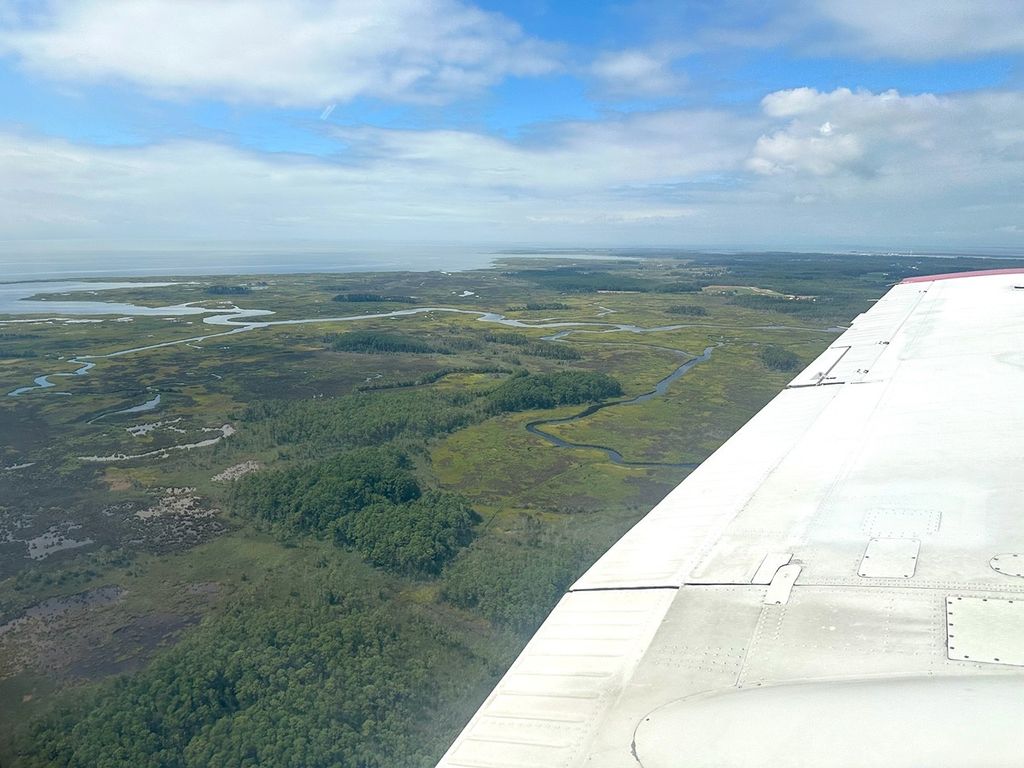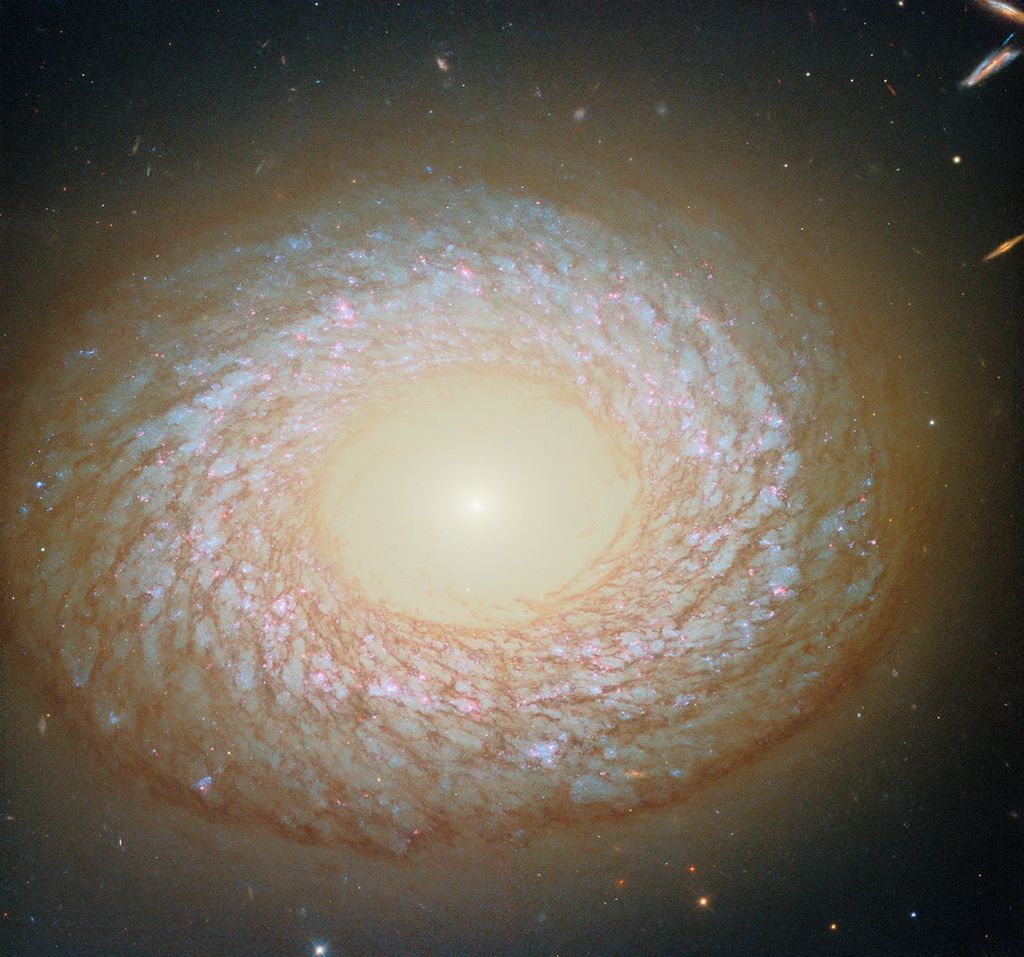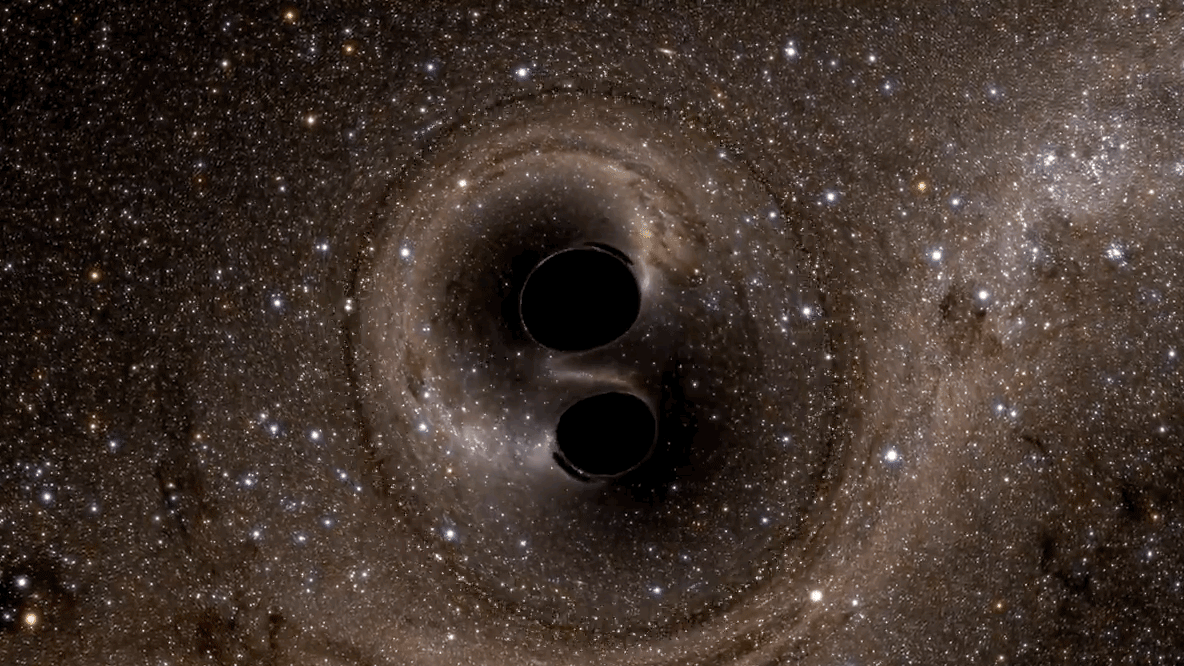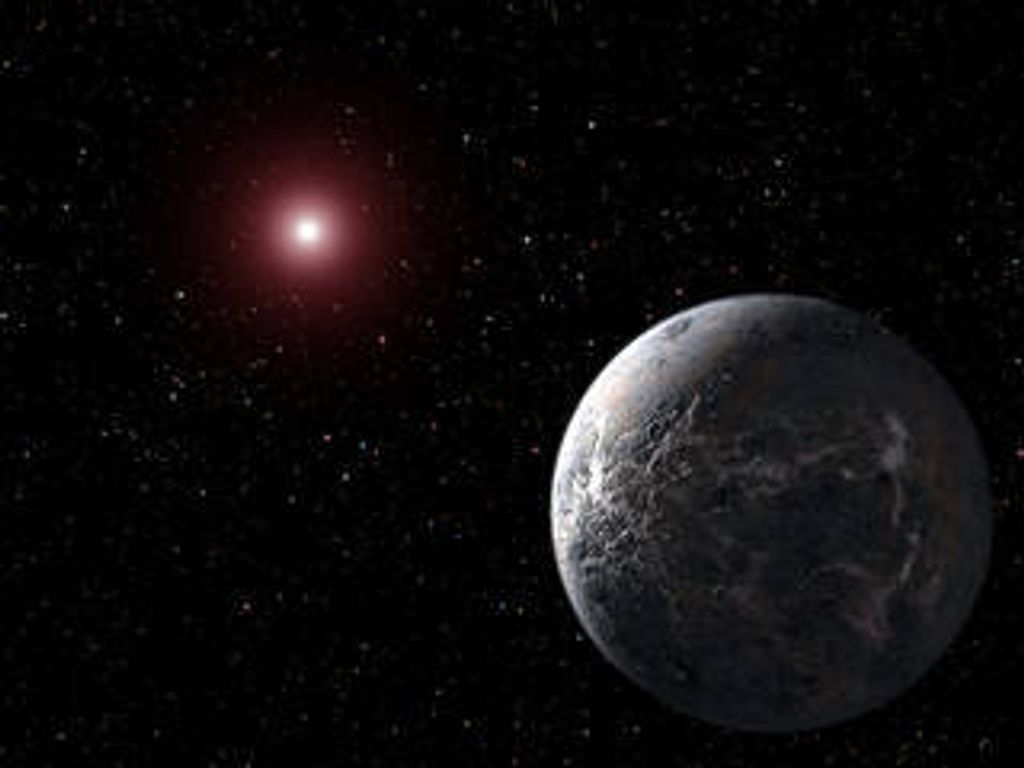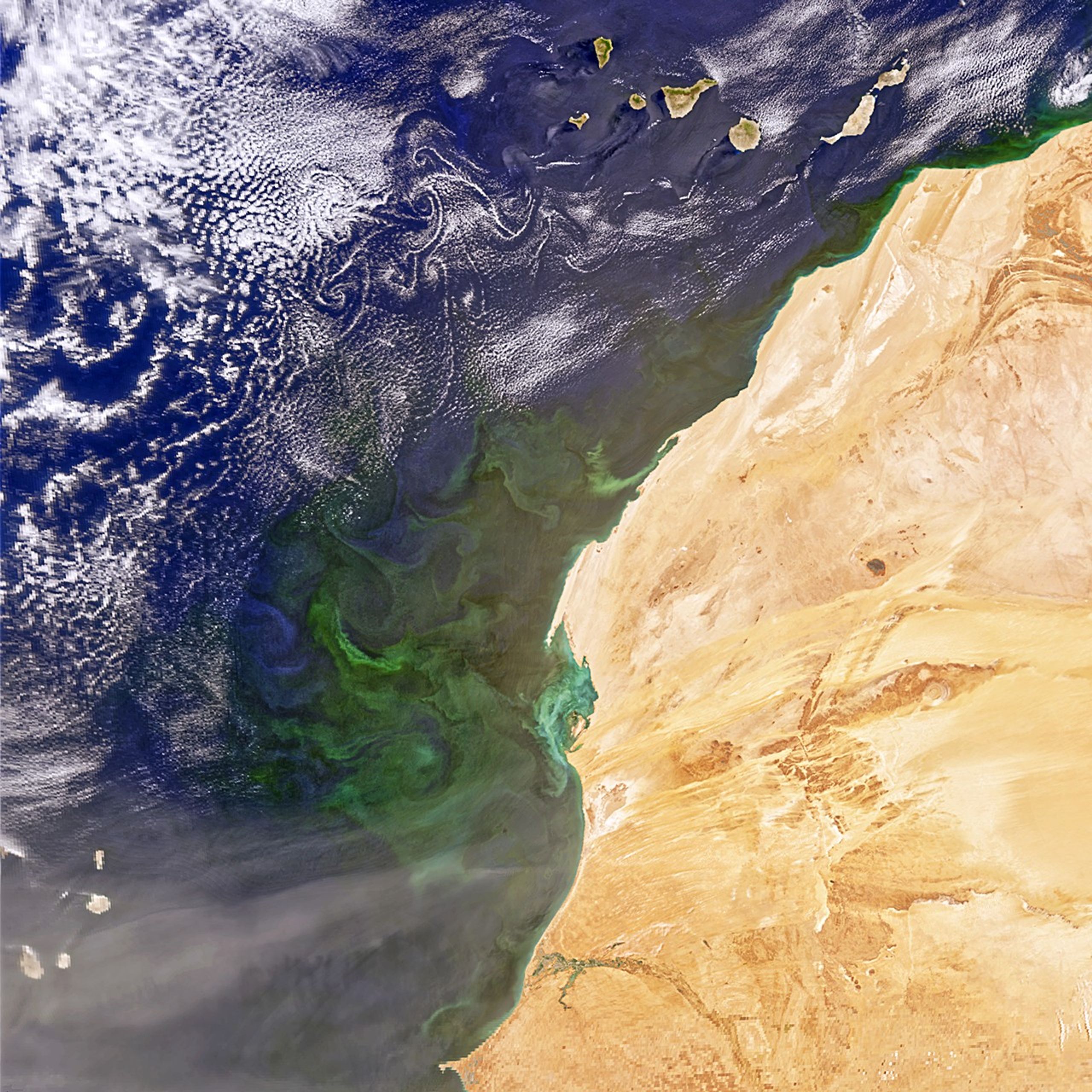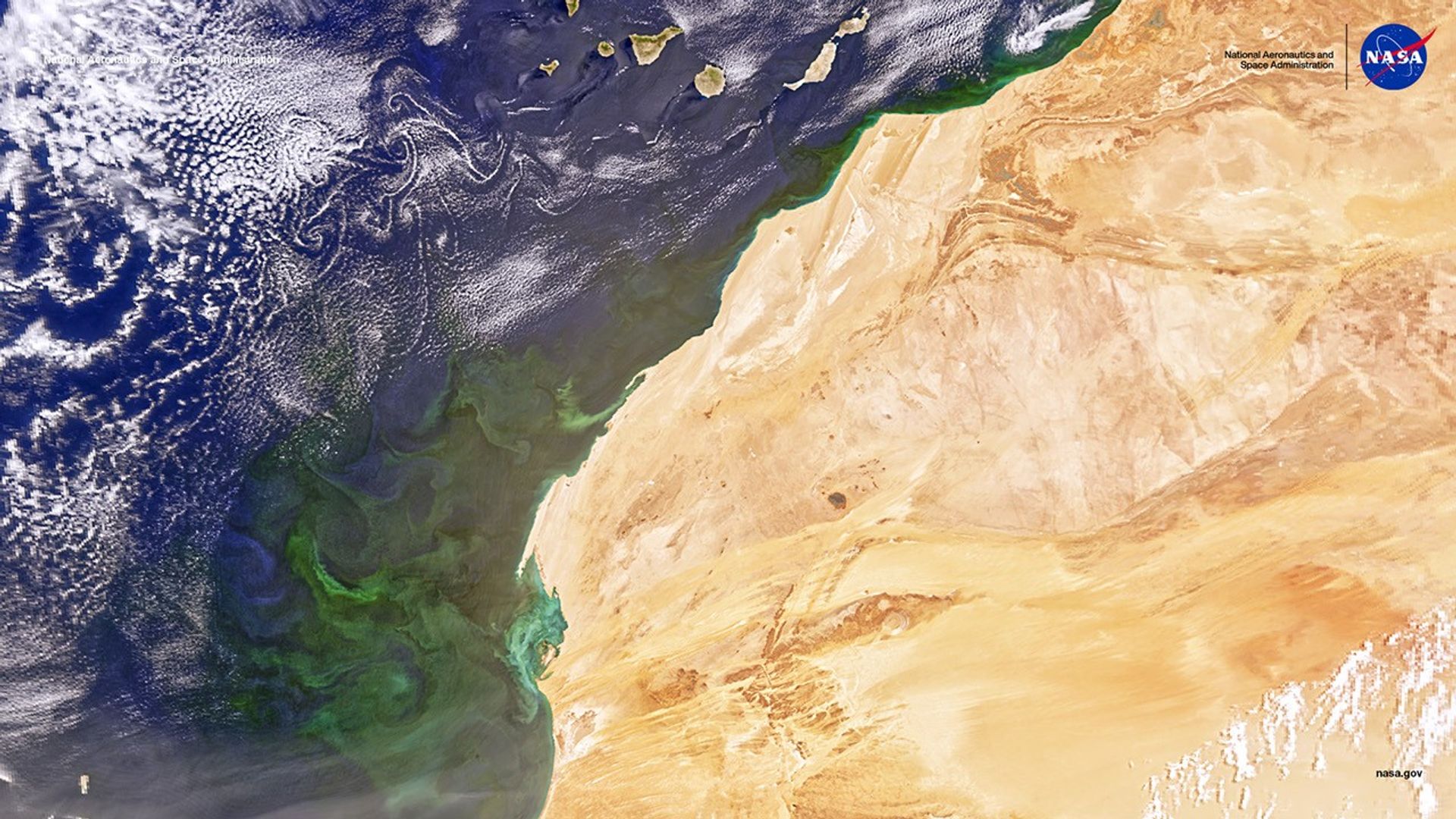Explore with us
April 2025 Image
Learn about April's amazing image. Explore related topics, activities, games, and download desktop wallpaper.
Air and Ocean Views
-
NASA’s Plankton, Aerosol, Cloud, ocean Ecosystem (PACE) satellite, launched on February 8, 2024, collects data on microscopic life in the ocean and particles in the air, advancing researchers’ understanding of issues including fisheries' health, harmful algal blooms, air pollution, and wildfire smoke. With PACE, scientists also investigate how the ocean and atmosphere interact with each other and are affected by a changing climate. This image of West Africa and the Canary Islands was taken by PACE’s Ocean Color Instrument on May 4, 2024. In it are many elements the mission enables researchers to study—and that are represented in the PACE acronym. Blooms of phytoplankton (P) are seen as green colors off the coast. Tan dust aerosols (A) blow from western Africa over the Atlantic Ocean, which is dotted with white clouds (C), some of which show distinctive von Kármán vortices to the southwest of the Canary Islands. Minerals carried within the dust deliver key nutrients, such as iron, to sustain life at the base of the ocean ecosystem (E).
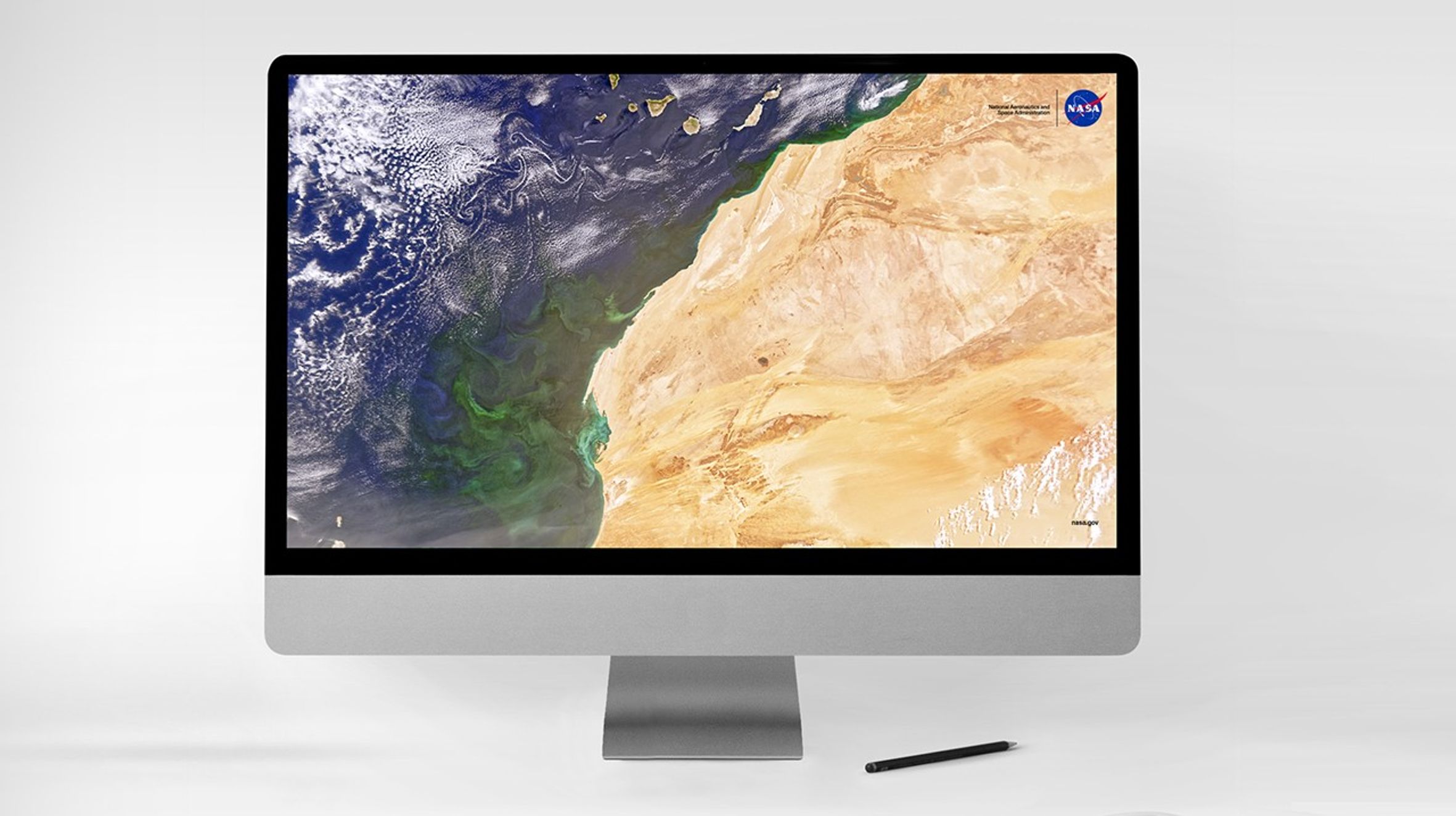
Do NASA Science!
-
Fjord Phyto
As Antarctic glaciers melt, ocean water changes. Scientists want to know how these changes are affecting the tiny plant-like creatures known as phytoplankton, which serve as the base of the Antarctic food chain.
If you are lucky enough to visit Antarctica as a tourist or guide, Fjord Phyto wants you to gather water samples - and the phytoplankton they contain. Scientists use these samples to study how these organisms respond to seasonal variations and to climate disruption.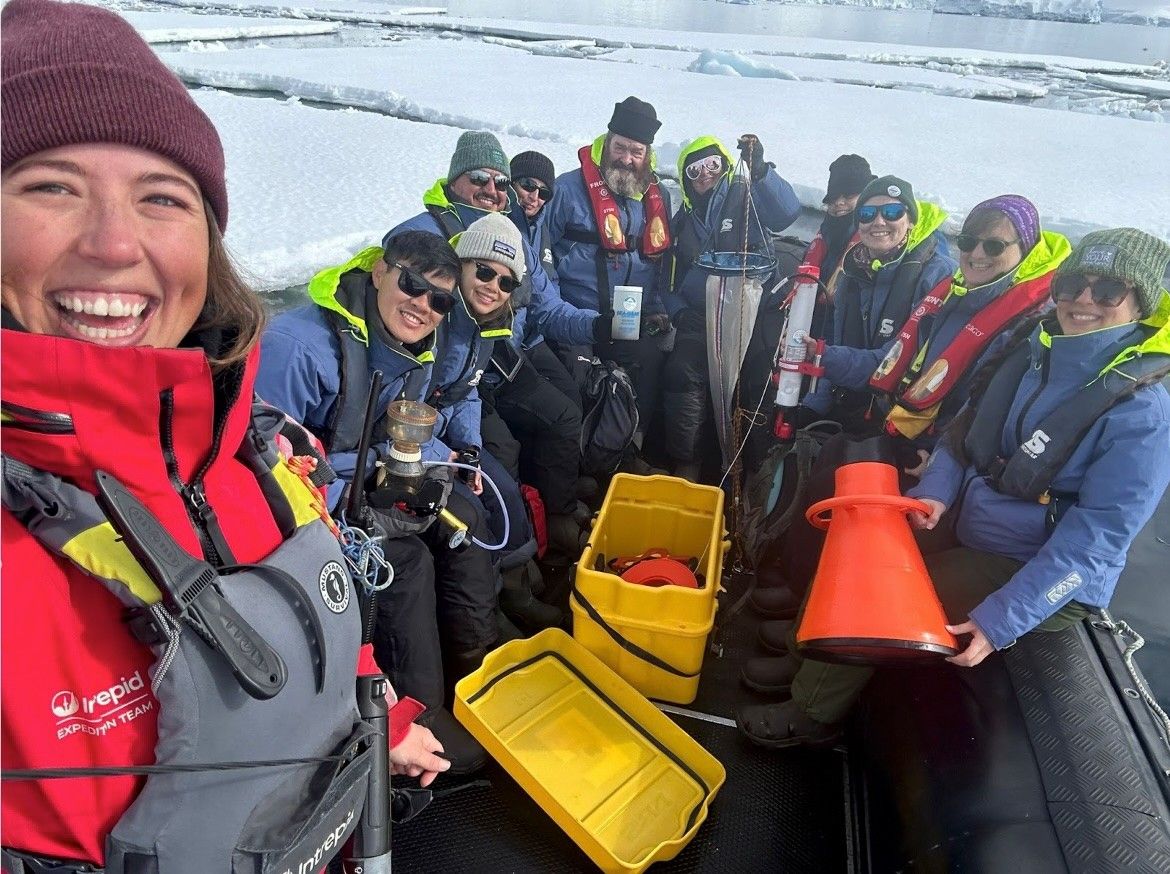 FjordPhyto participants playing in an incredible phytoplankton bloom surrounded by early season sea ice at Damoy on the Antarctic Peninsula. They share knowledge with one another and take samples to better understand and protect Antarctica.Allison Cusick
FjordPhyto participants playing in an incredible phytoplankton bloom surrounded by early season sea ice at Damoy on the Antarctic Peninsula. They share knowledge with one another and take samples to better understand and protect Antarctica.Allison Cusick
Discover More about our Air and Oceans
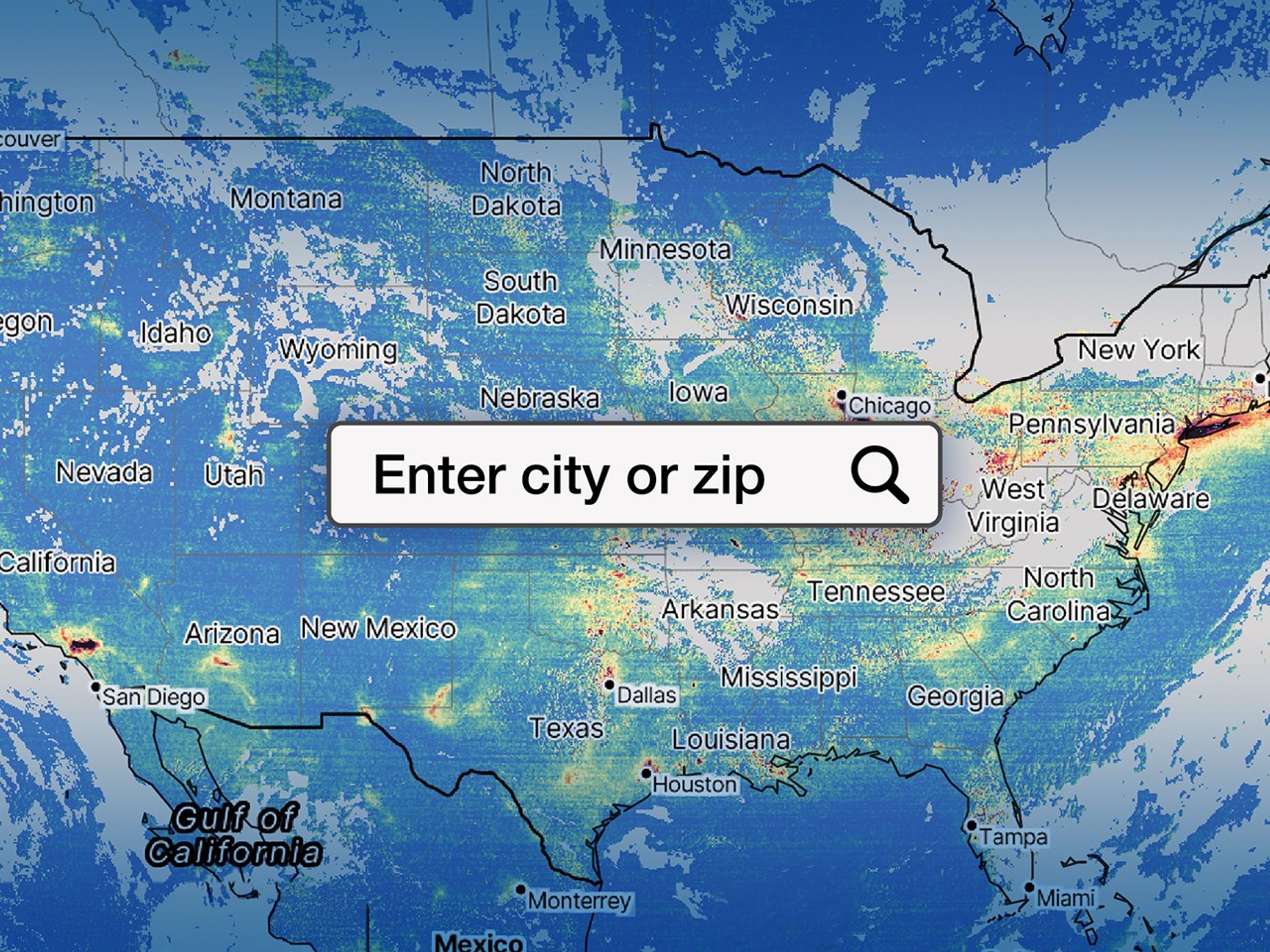
TEMPO Data Story
What is in the air you breathe? Explore detailed air quality data from NASA and Smithsonian's TEMPO mission.
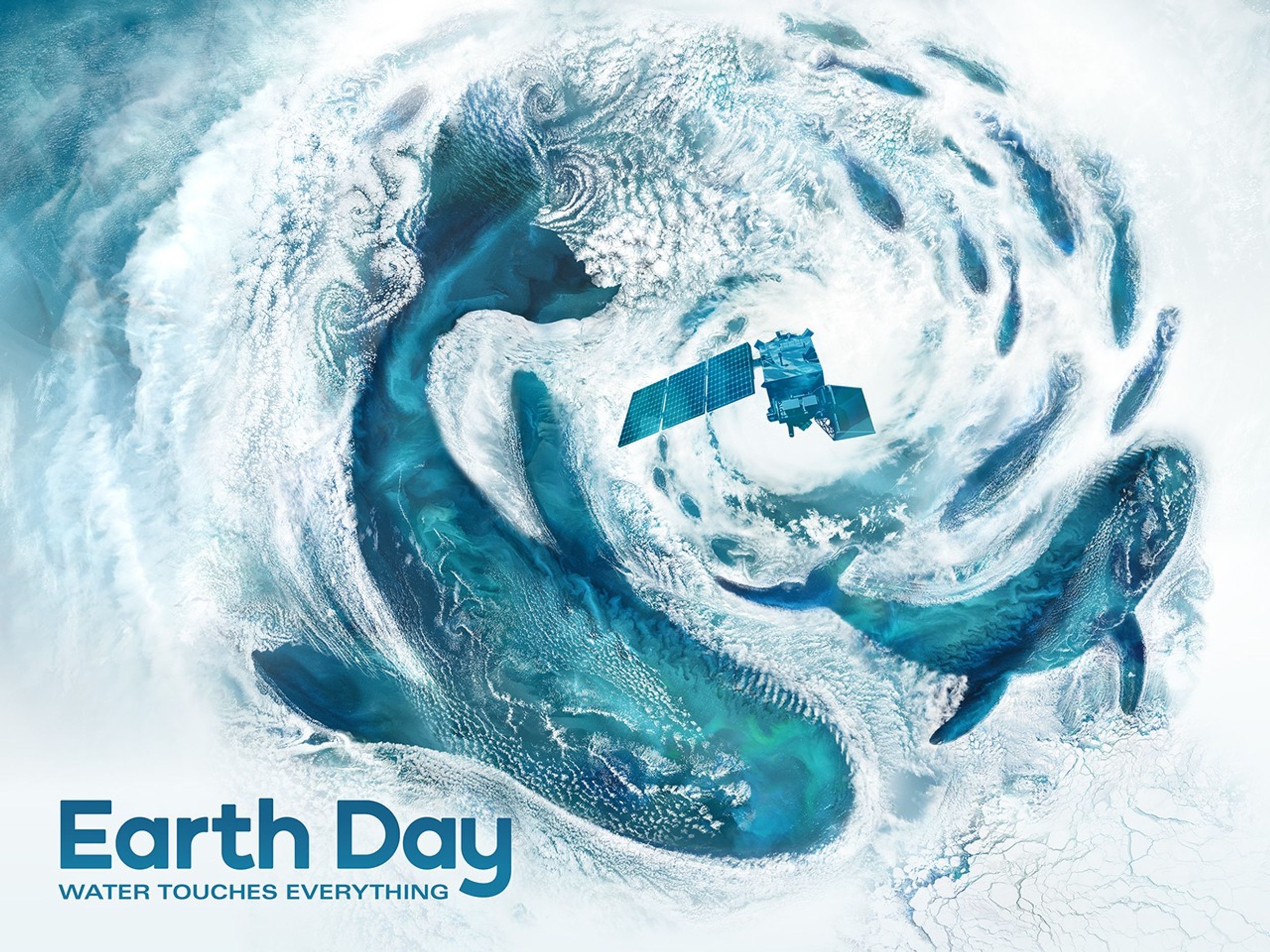
Our Oceans from Space
NASA's exploration of our oceans from space spans a rich history. Delving into the depths of our oceans unveils the mysteries of our own planet, our home. Therefore, NASA remains steadfast in leading the way in oceanic research.
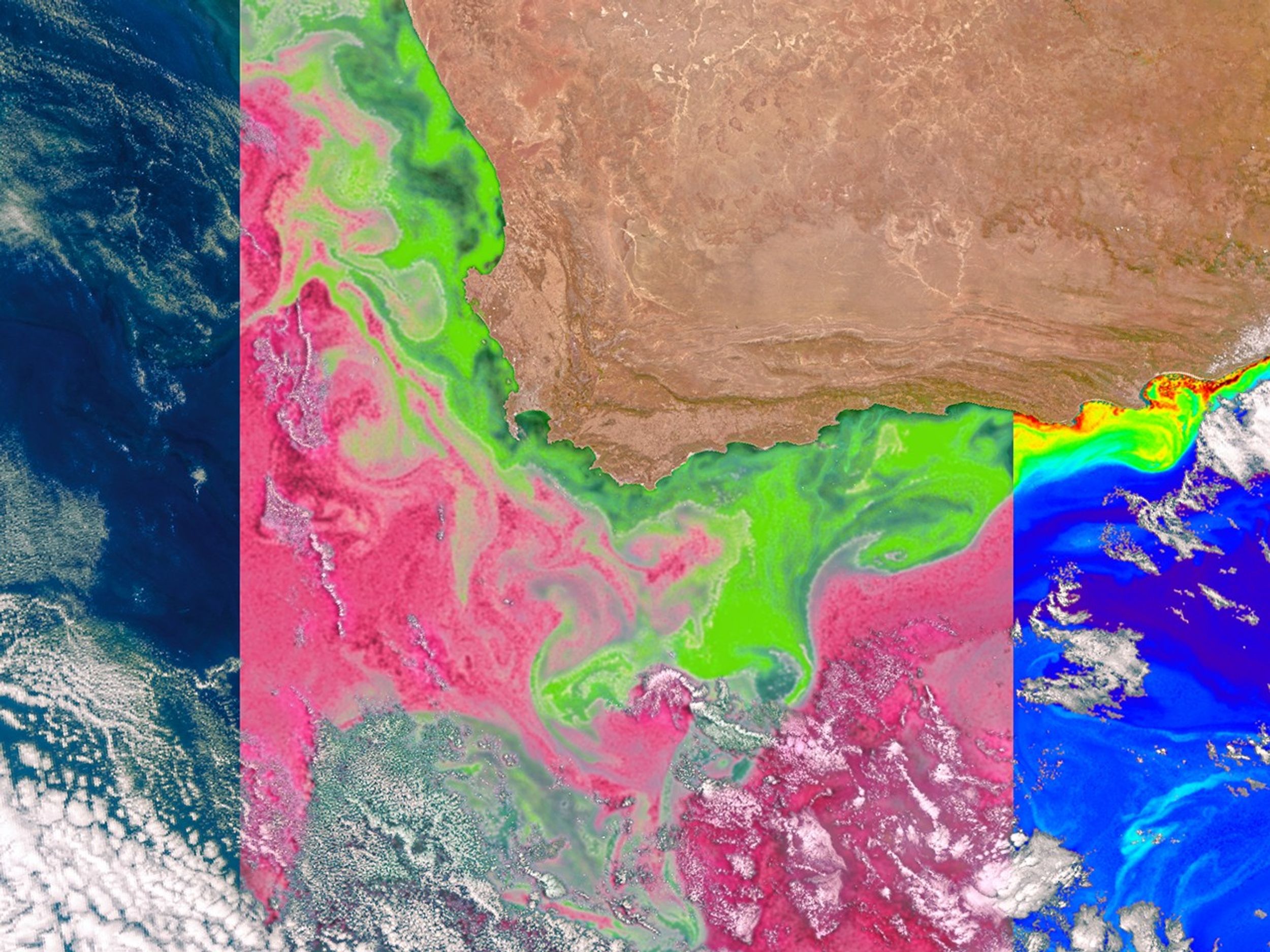
Ocean Color Countdown with PACE
The color of our oceans, lakes and rivers can tell us a lot about what's going on just beneath the surface. With the new hyperspectral capabilities of the Plankton, Aerosol, Cloud, ocean Ecosystem (PACE) mission, we'll know more about the health of aquatic ecosystems and those impacts on human health and climate studies.
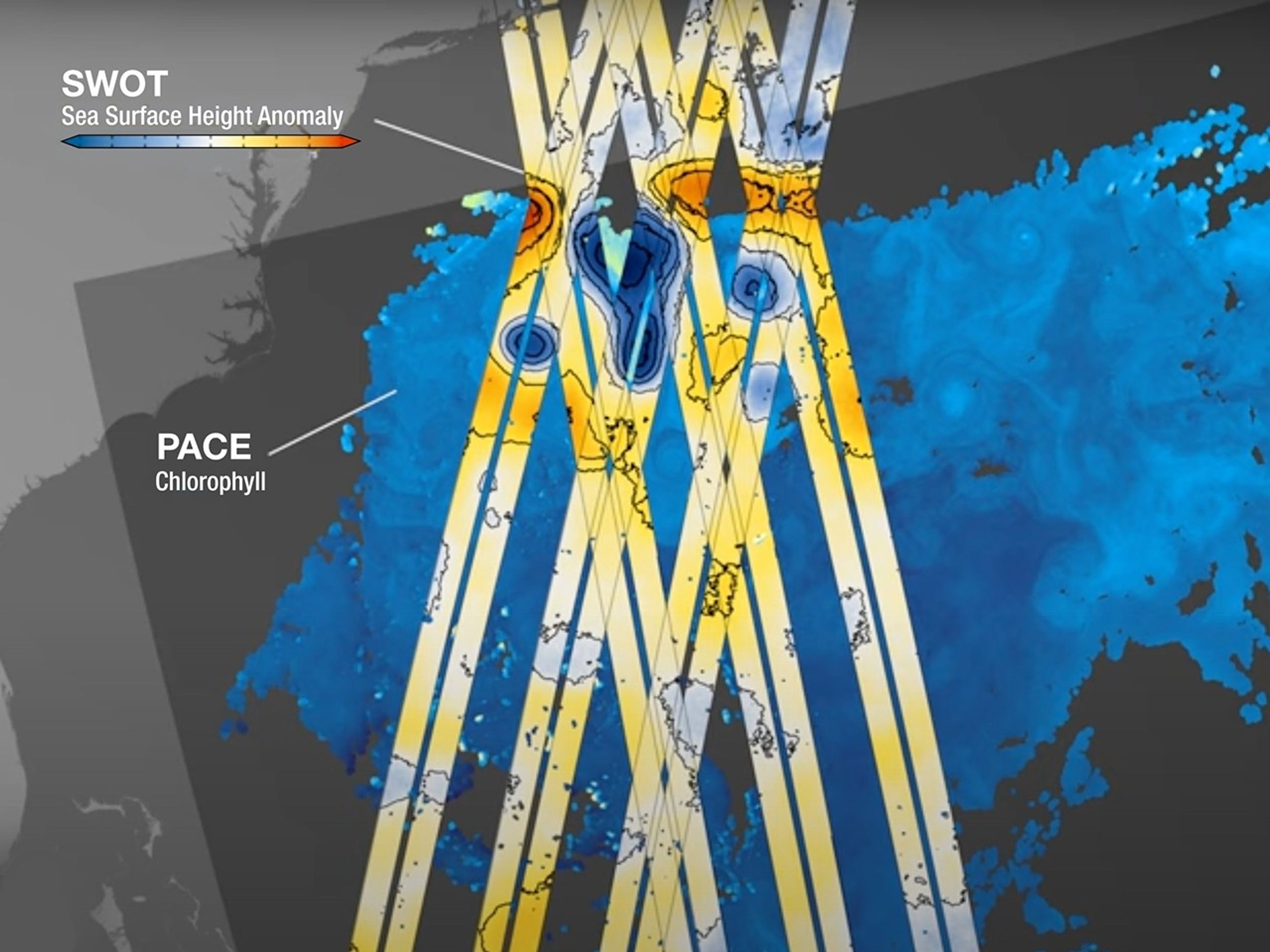
NASA’s PACE, US-European SWOT Satellites Offer Combined Look at Ocean
The ocean is an engine that drives Earth’s weather patterns and climate and sustains a substantial portion of life on the planet. A new animation based on data from two recently launched missions — NASA’s Plankton, Aerosol, Cloud, ocean Ecosystem (PACE) and the international Surface Water and Ocean Topography (SWOT) satellites — gives a peek into the heart of that engine.
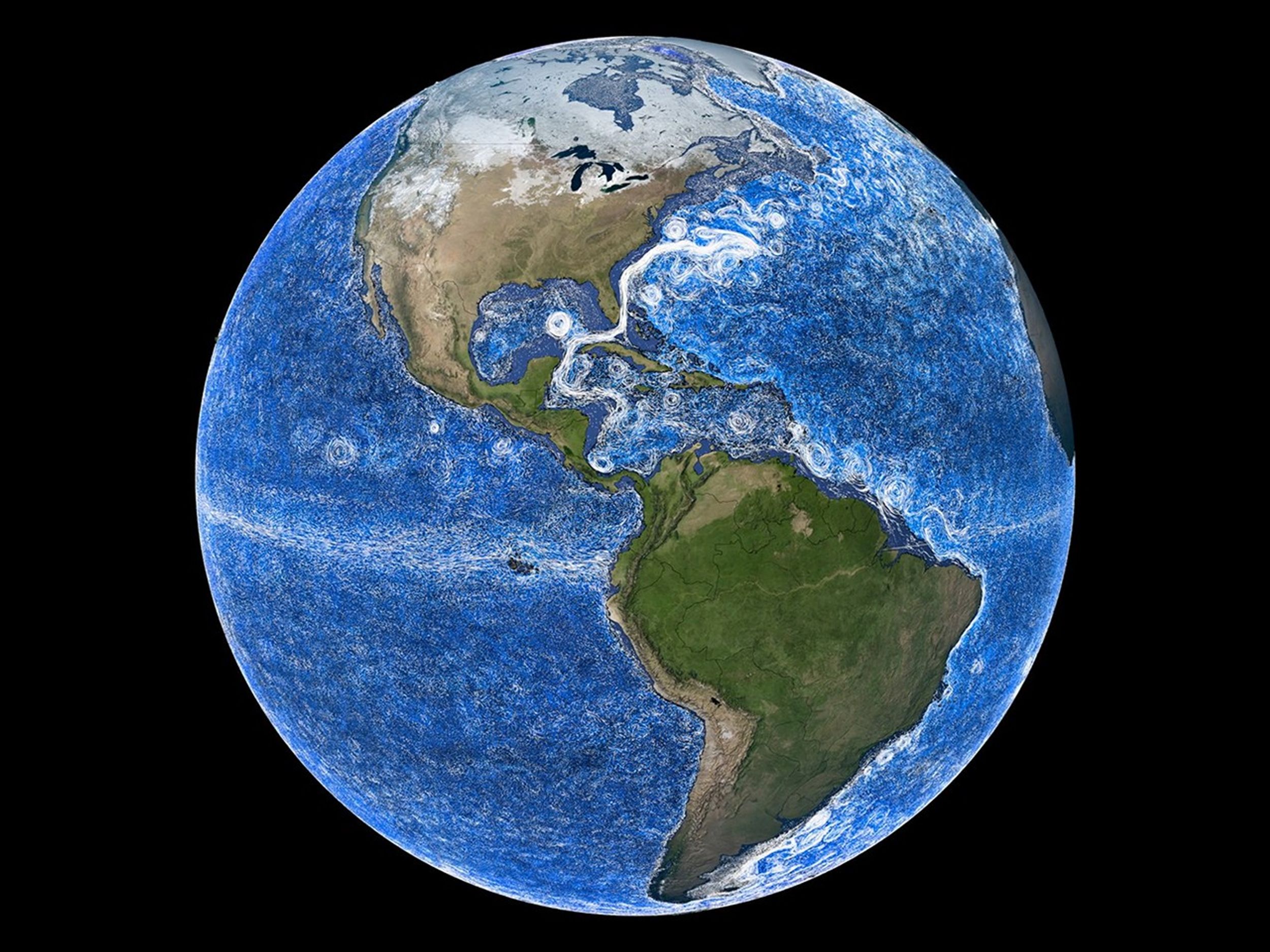
Visualizing Ocean Currents with ECCO
By applying the laws of physics to data from multiple satellites and thousands of floating sensors, NASA scientists and collaborators built the ECCO model to be a realistic, detailed, and continuous simulation of the oceanthat spans decades. ECCO enabled thousands of scientific discoveries, and was featured during the announcement of the Nobel Prize for Physics in 2021. You can find data visualizations using ECCO here.
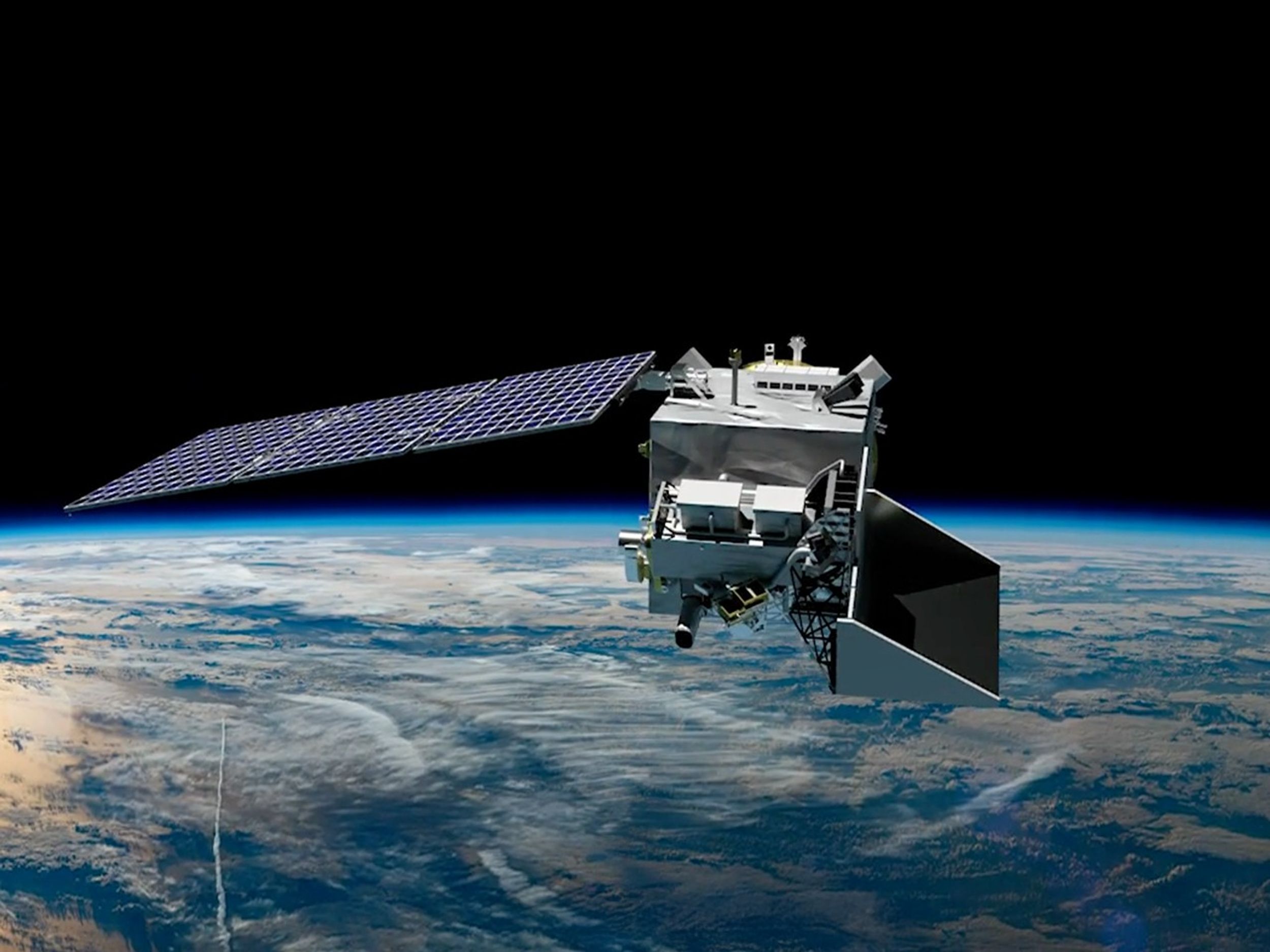
NASA’s PACE To Investigate Oceans, Atmosphere in Changing Climate
NASA's Plankton, Aerosol, Cloud, ocean Ecosystem satellite launched in February 2024 to help us better understand tiny organisms in the ocean and particulates in the atosphere.
April Activities and Games

NISE Network resources about water (including oceans)
A compilation of water public engagement resources and activities; topics include water quality, pollution, supply, hydrological cycle, oceans, properties at the small scale including hydrophobic and hydrophilic properties, bubbles, ice, and clouds.

Exploring Earth: Rising Sea
In this activity, learners explore how to use topographical mapping techniques to track changes in sea level and have discussions about the effects of rising sea levels on the environment and coastal communities. To create your own basin and landform, use a plastic bin and water-resistant modeling clay.
2025 NASA Science Calendar
Download our latest calendar and wallpaper backgrounds for your desktop or mobile device, and discover the fascinating science behind the images featured each month.
Download Options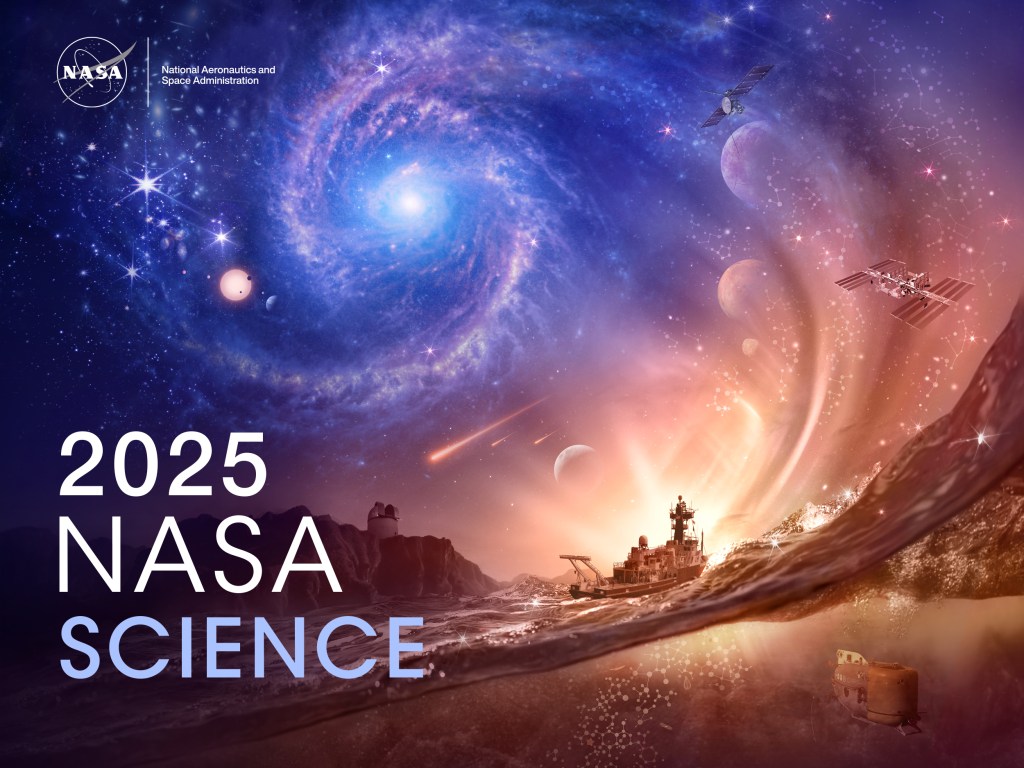
Explore our other featured images
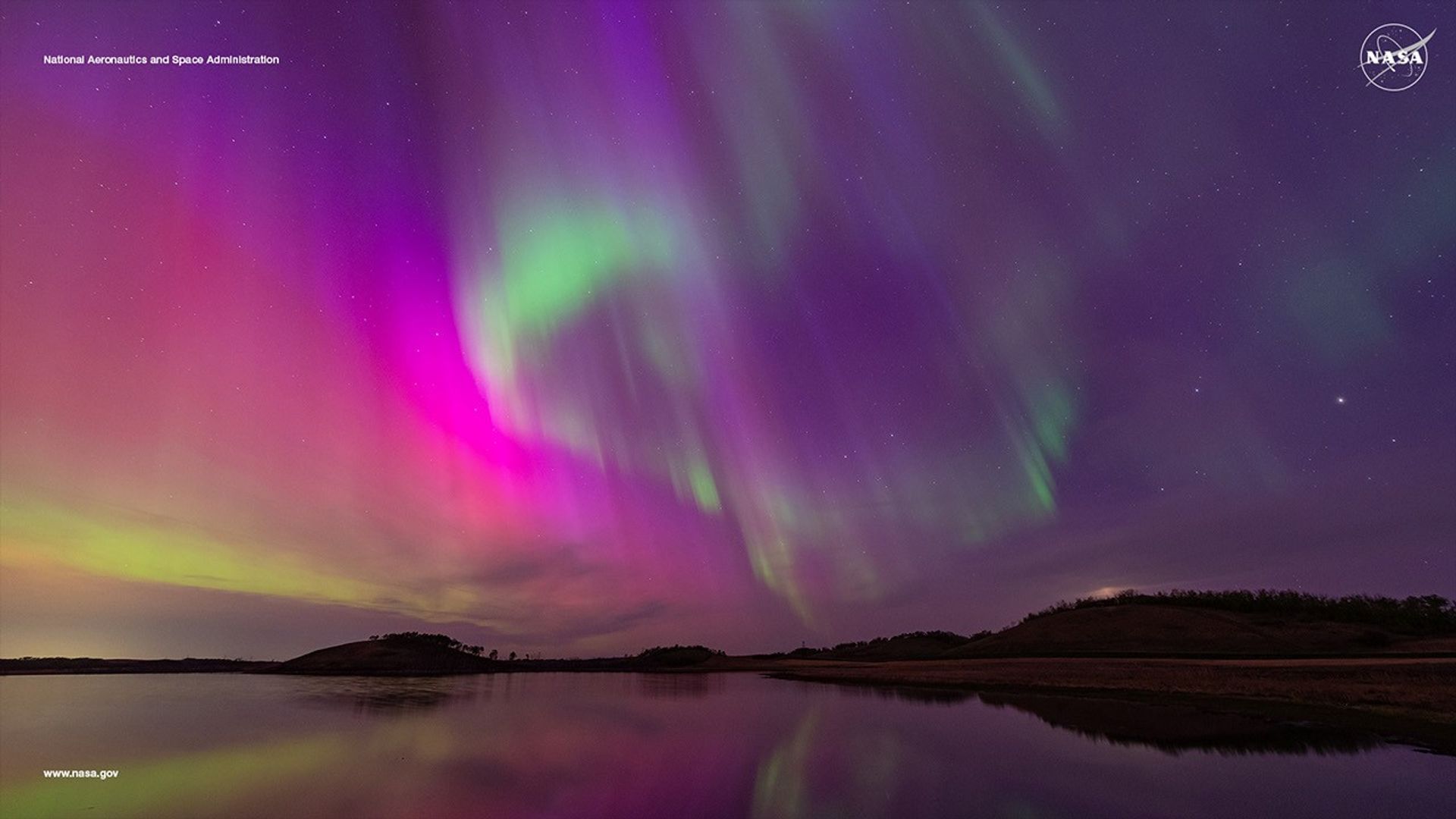
January 2025
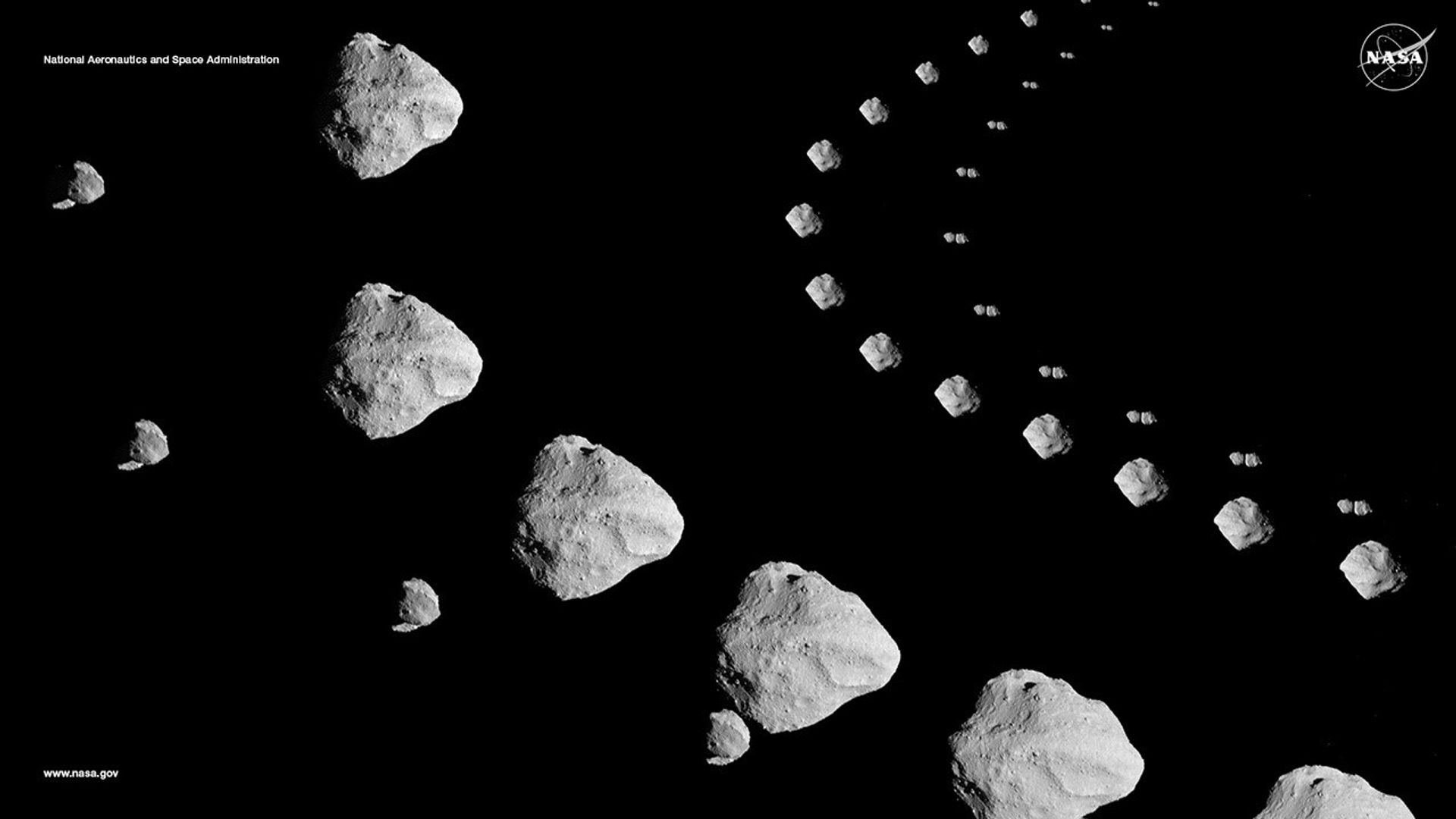
February 2025
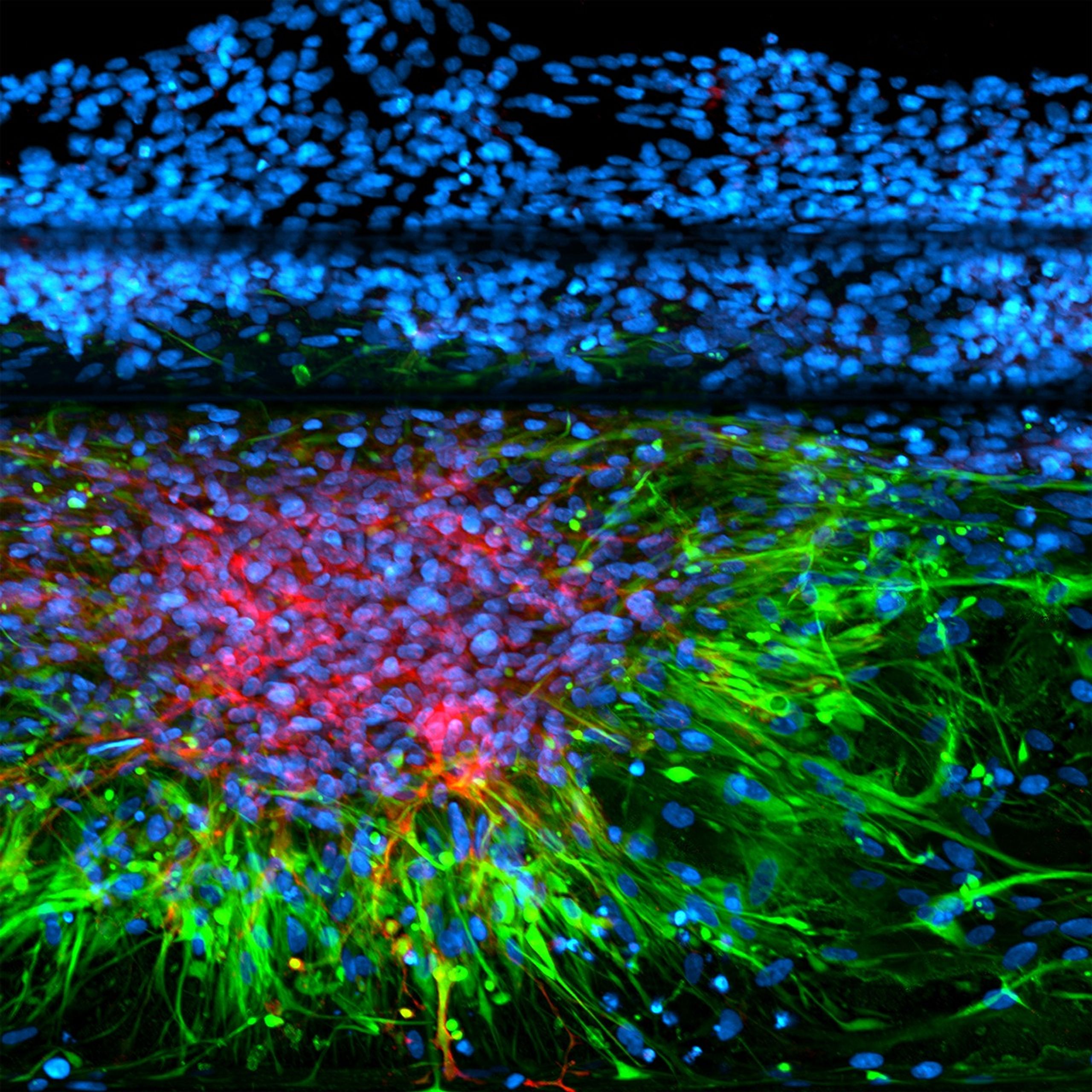
March 2025
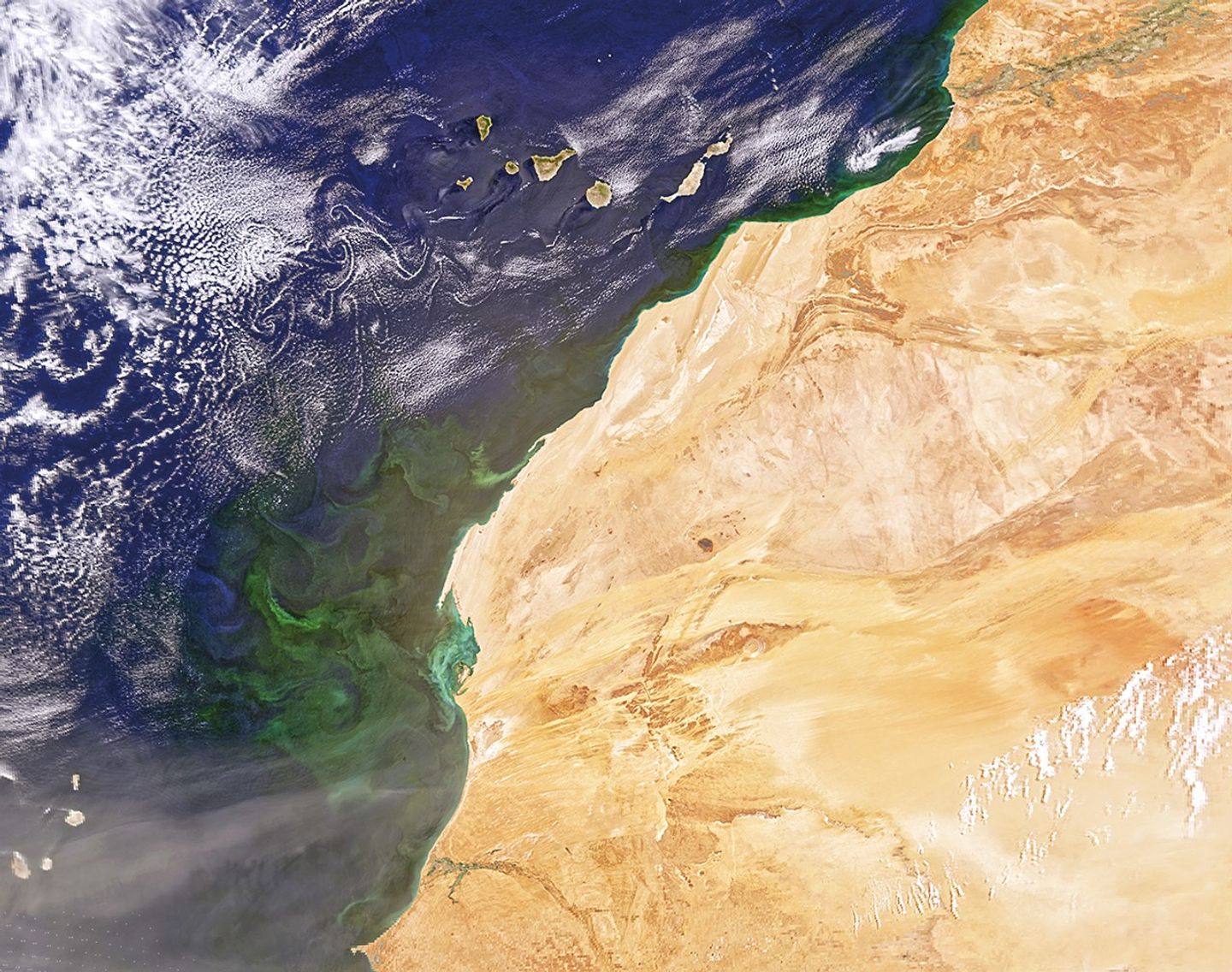
April 2025

May 2025

June 2025
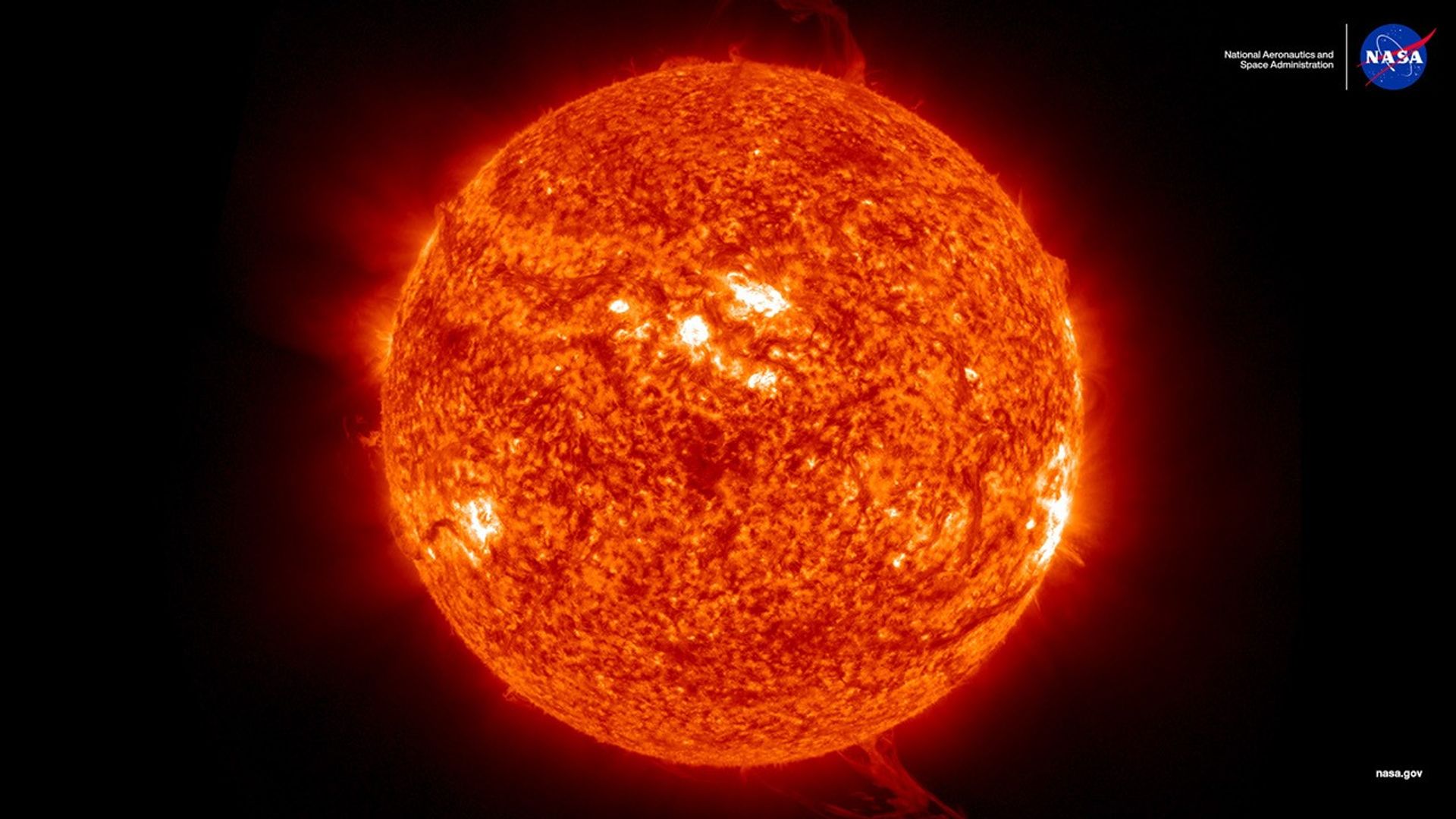
July 2025
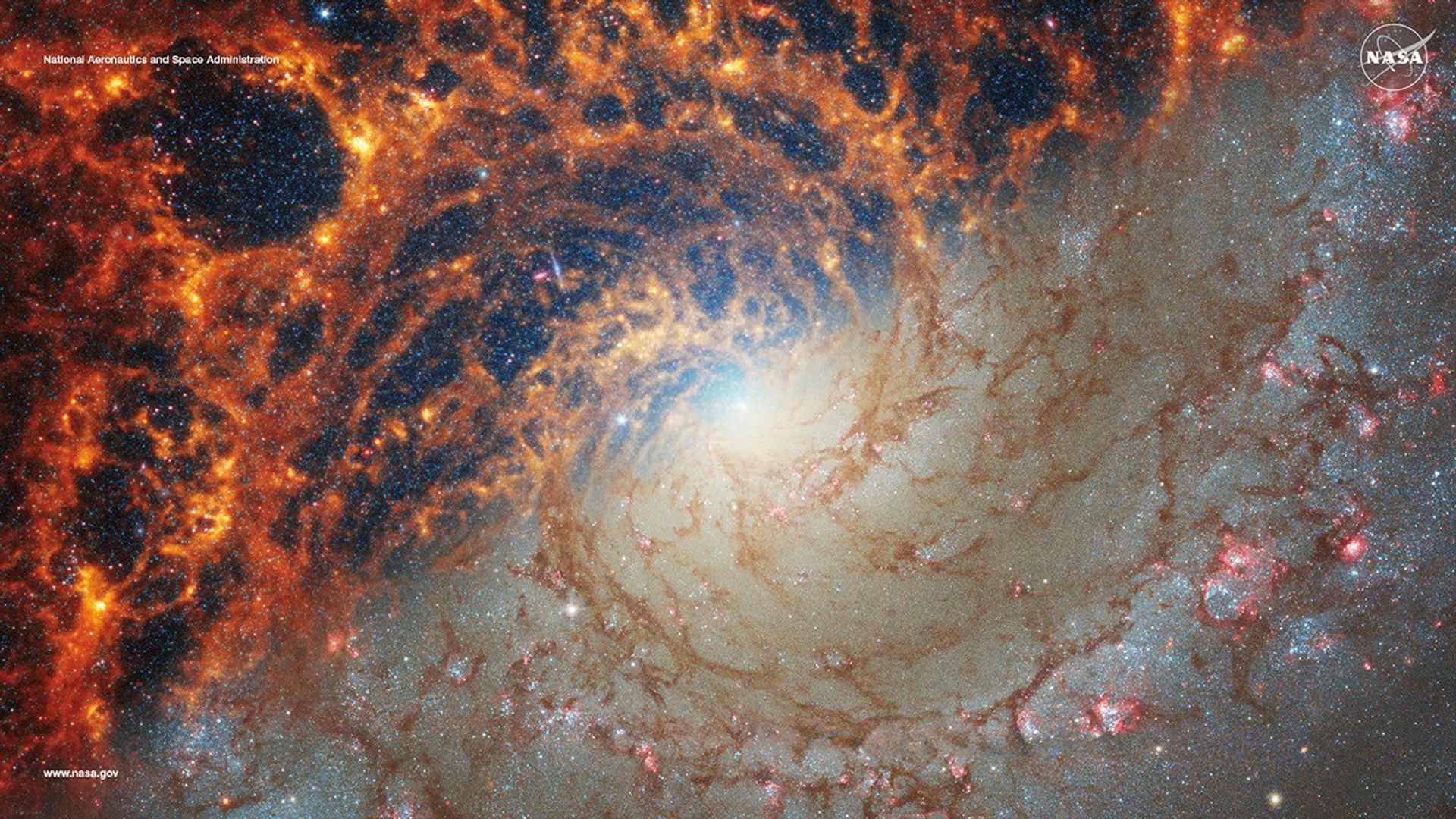
August 2025
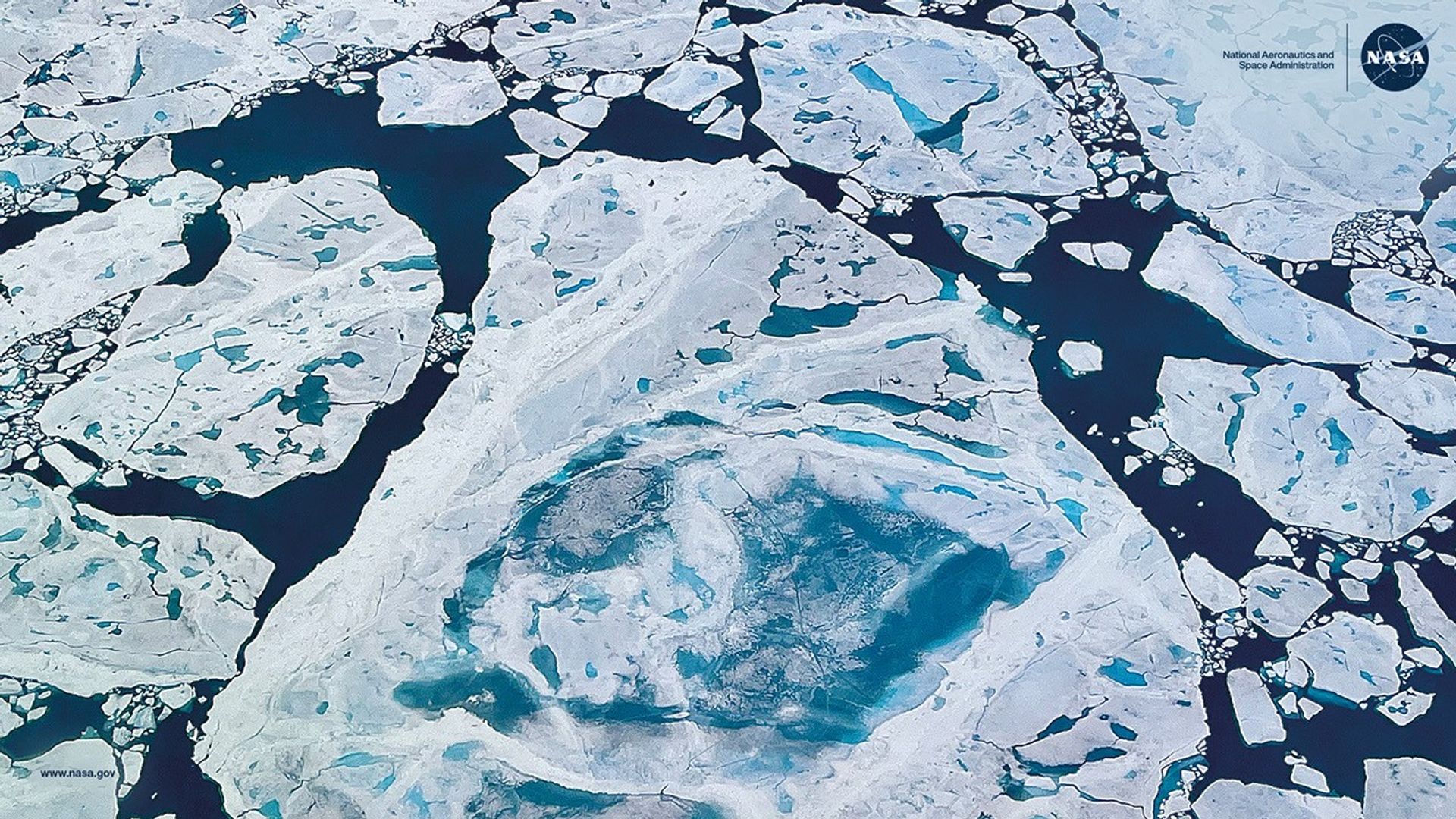
September 2025
